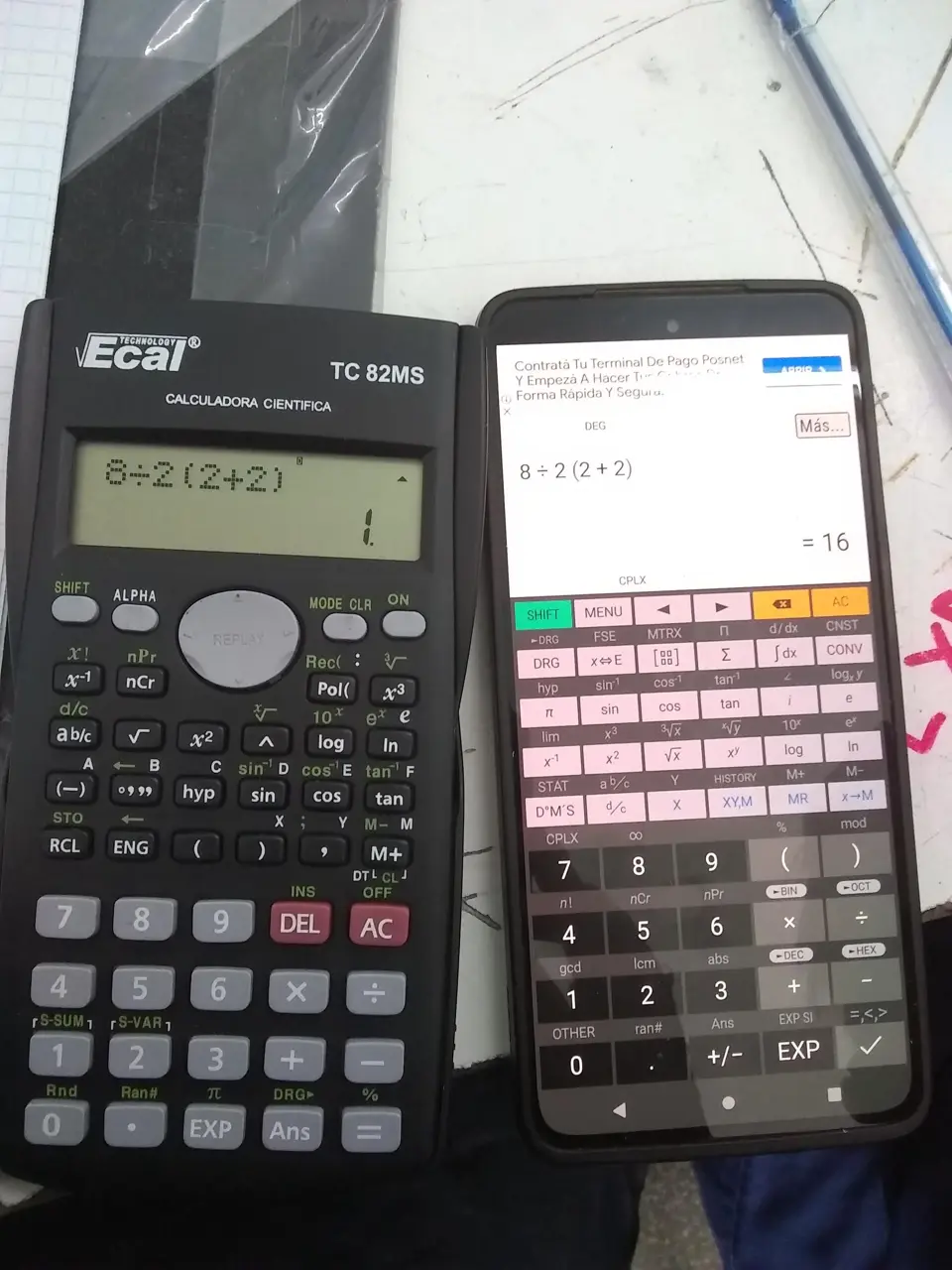this post was submitted on 03 Dec 2023
411 points (100.0% liked)
196
16257 readers
2515 users here now
Be sure to follow the rule before you head out.
Rule: You must post before you leave.
founded 1 year ago
MODERATORS
you are viewing a single comment's thread
view the rest of the comments
view the rest of the comments

But, since your rule has the D&M as well as the A&S in brackets does that mean your rule means you have to do D&M as well as the A&S in the formula before you do the exponents that are not in brackets?
But seriously. Only grade school arithmetic textbooks have formulas written in this ambiguous manner. Real mathematicians write their formulas clearly so that there isn't any ambiguity.
That's not really true.
You'll regularly see textbooks where 3x/2y is written to mean 3x/(2y) rather than (3x/2)*y because they don't want to format
properly because that's a terrible waste of space in many contexts.
That's what I said.
You generally don't see algebra in grade school textbooks, though.
12 is a grade. I took algebra in the 7th grade.
Grade school is a US synonym for primary or elementary school; it doesn't seem to be used as a term in England or Australia. Apparently, they're often K-6 or K-8; my elementary school was K-4; some places have a middle school or junior high between grade school and high school.